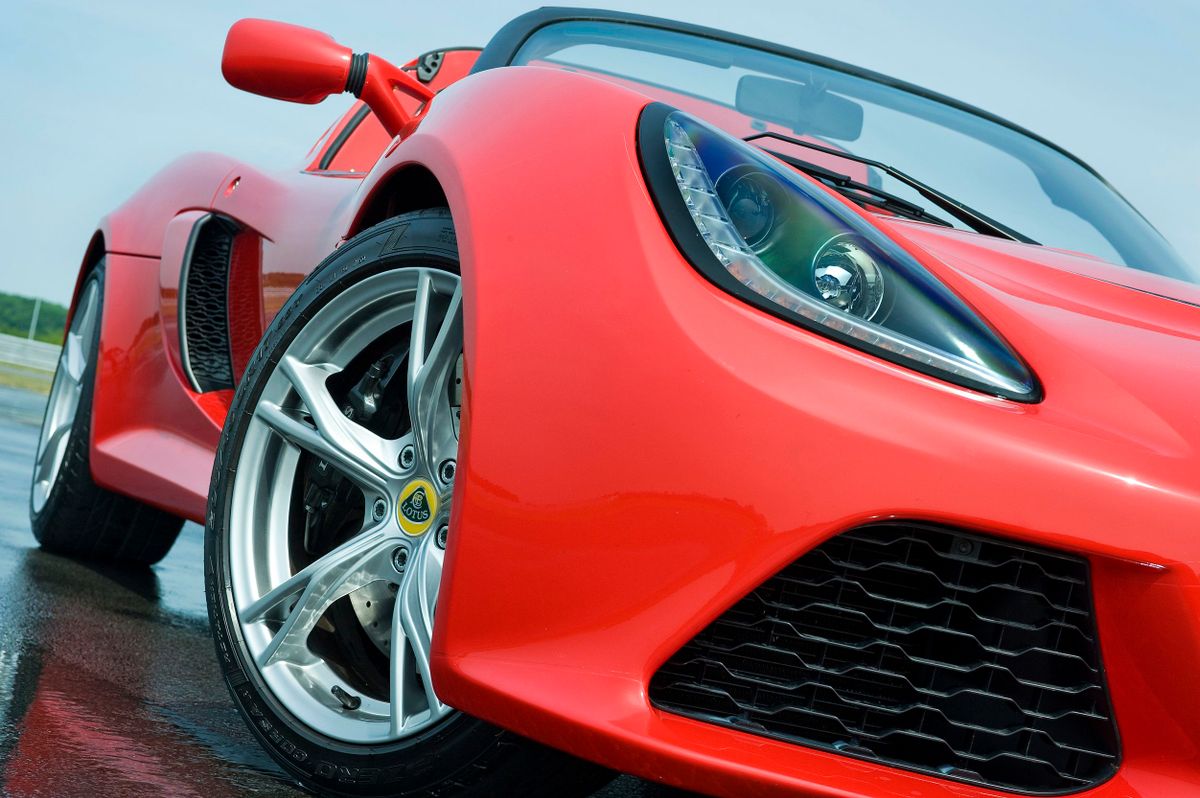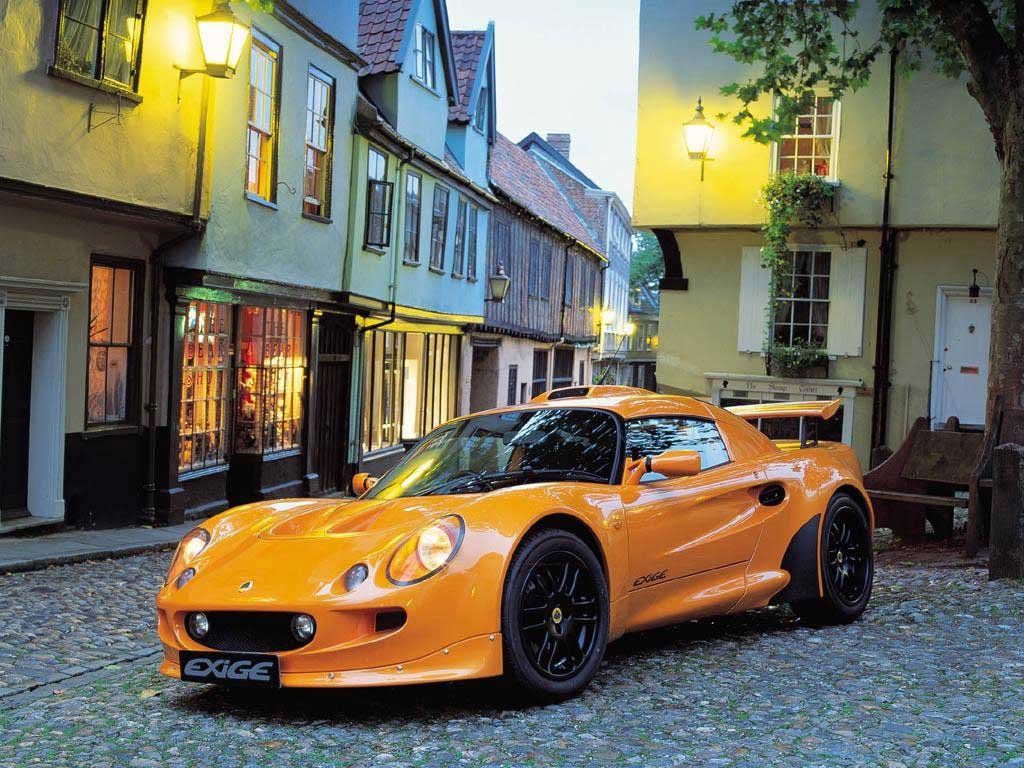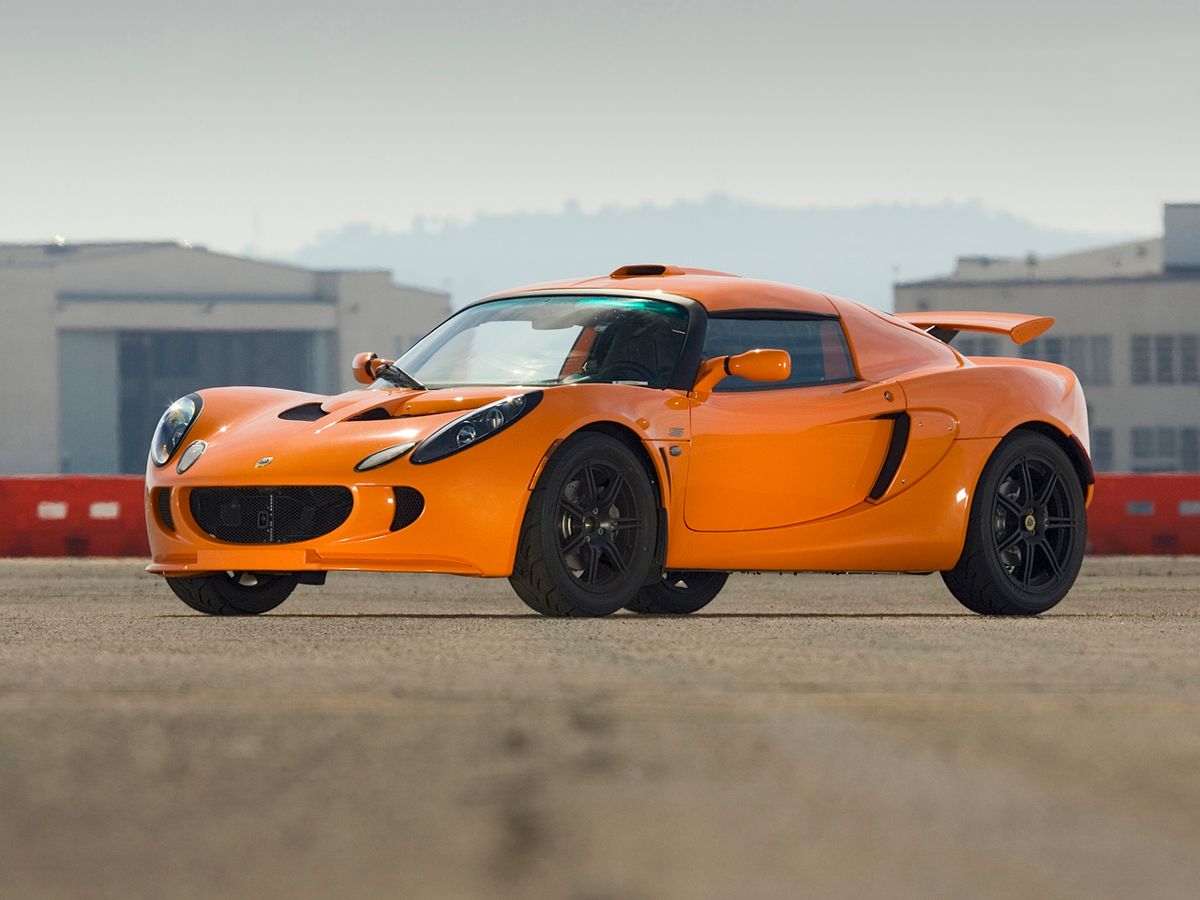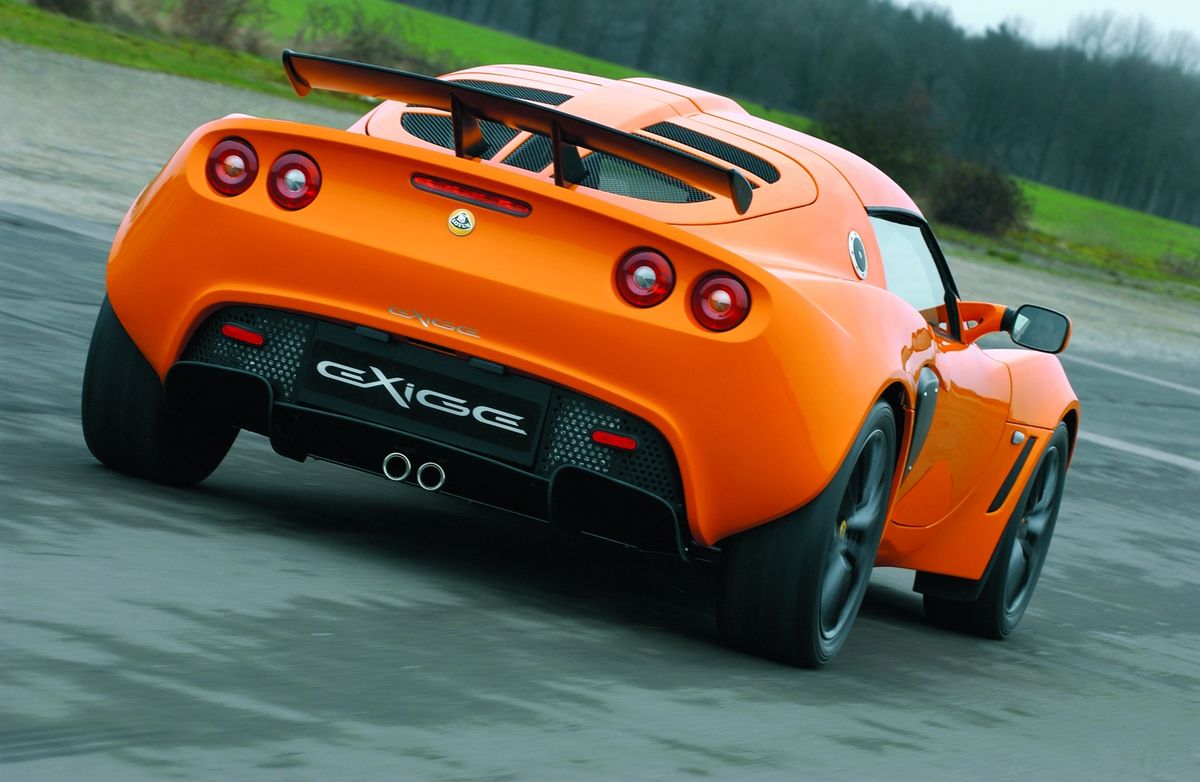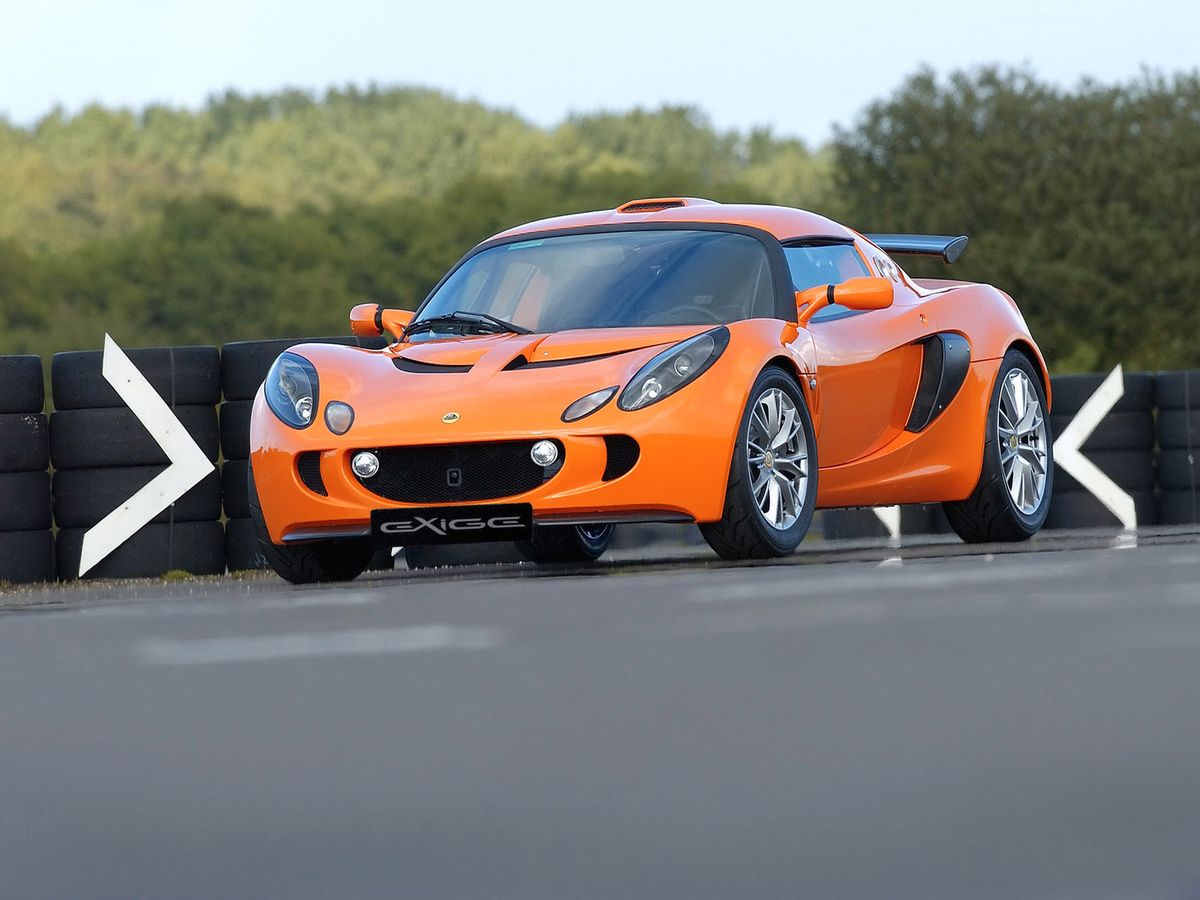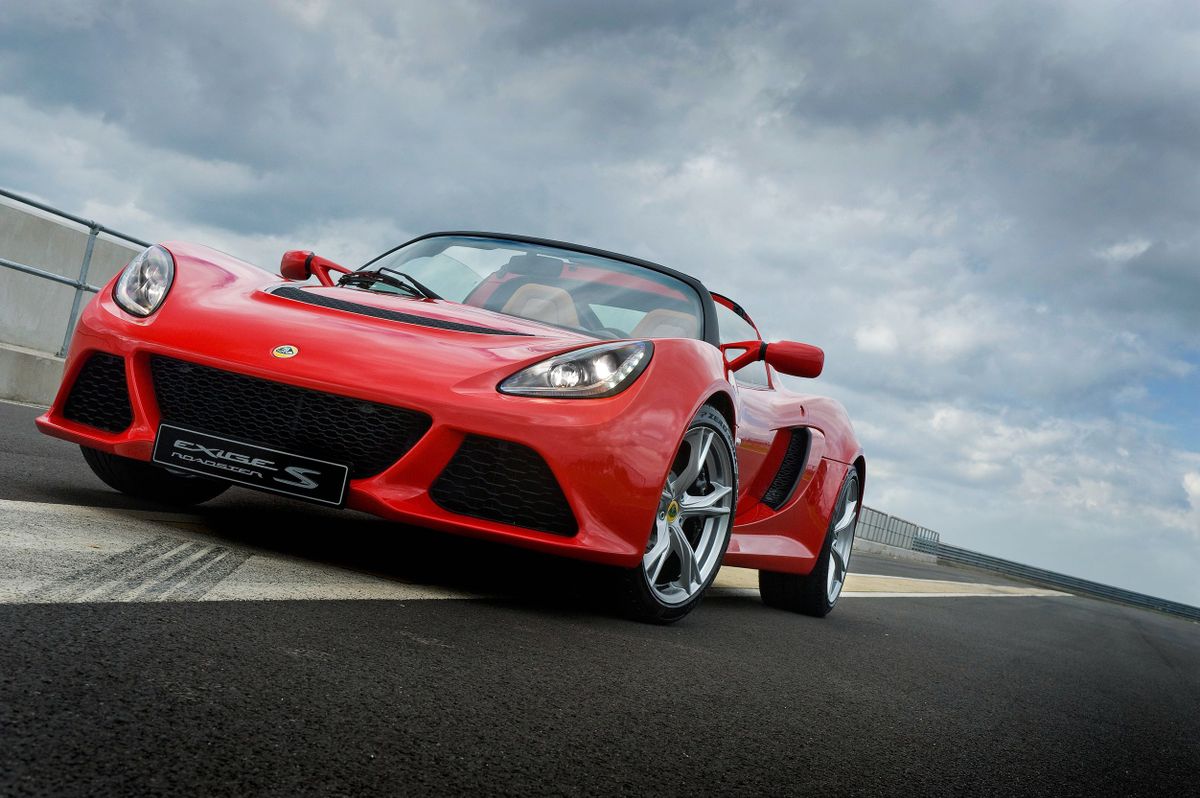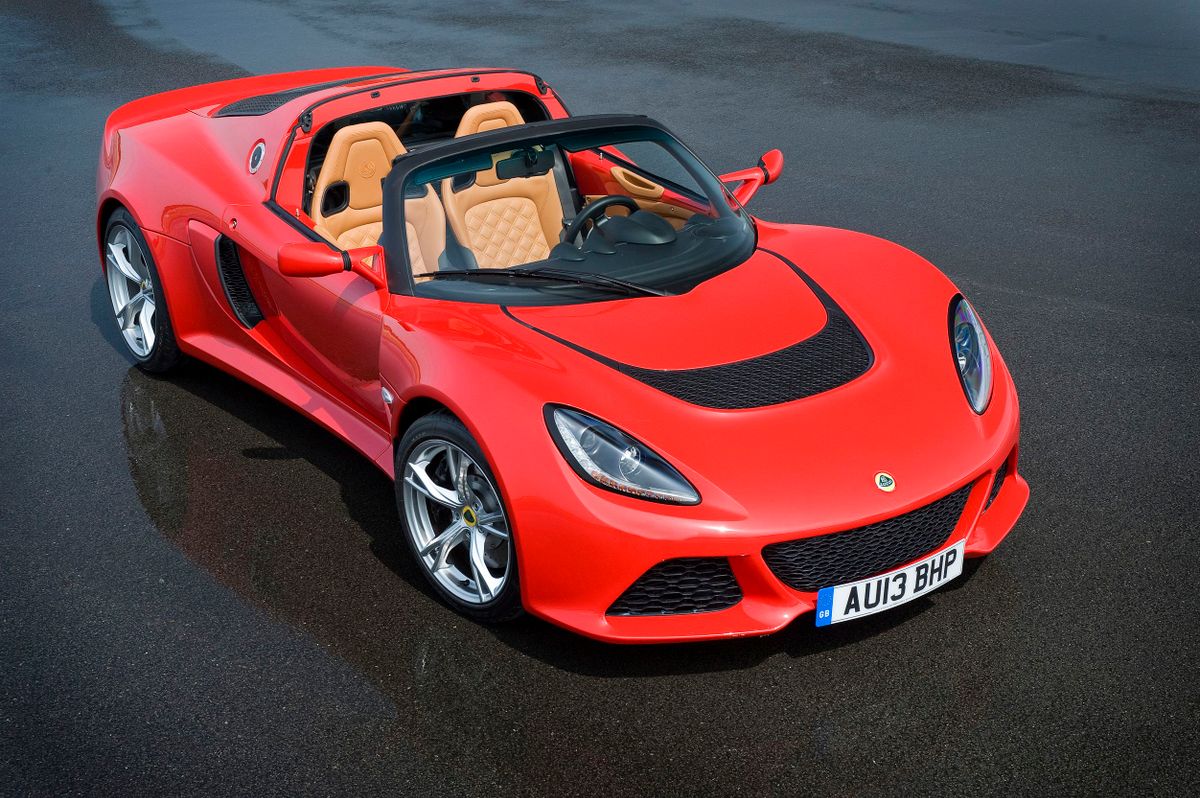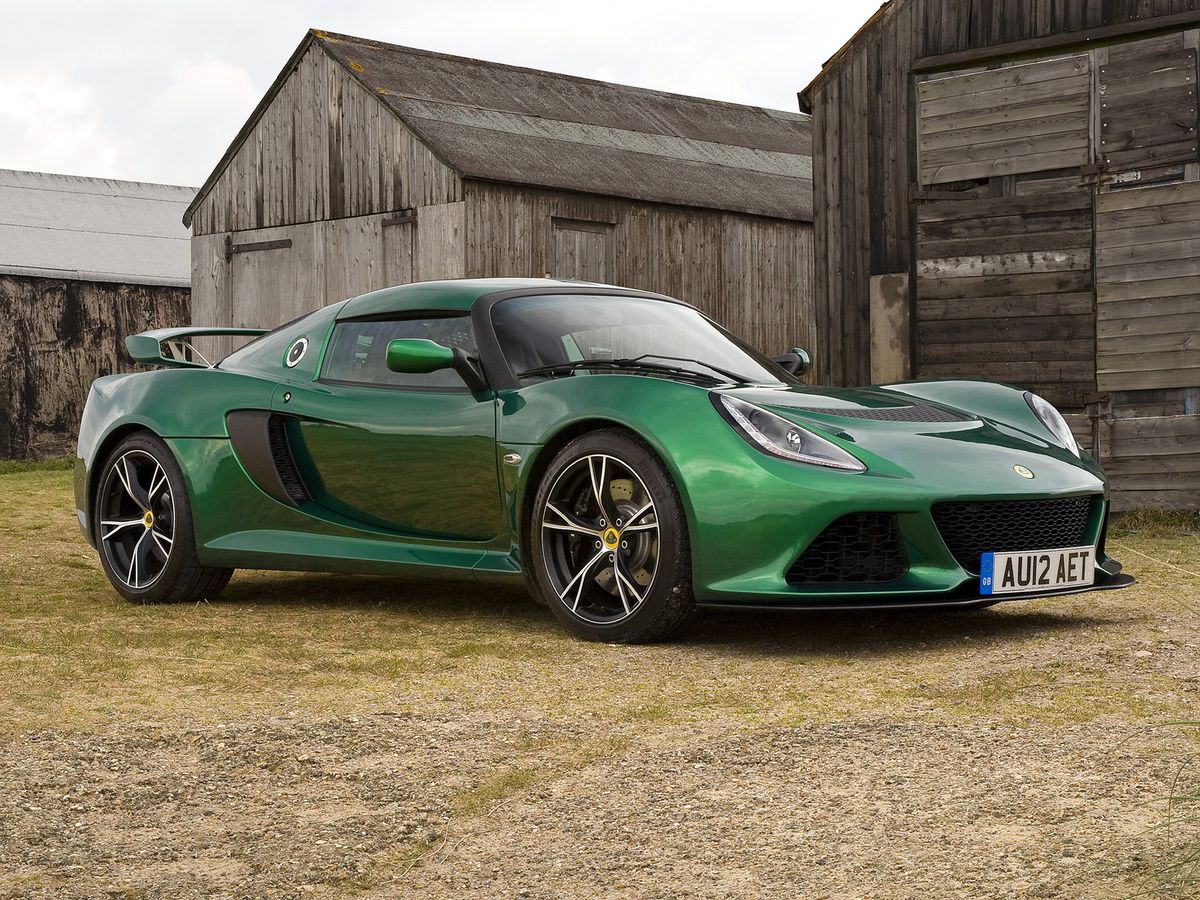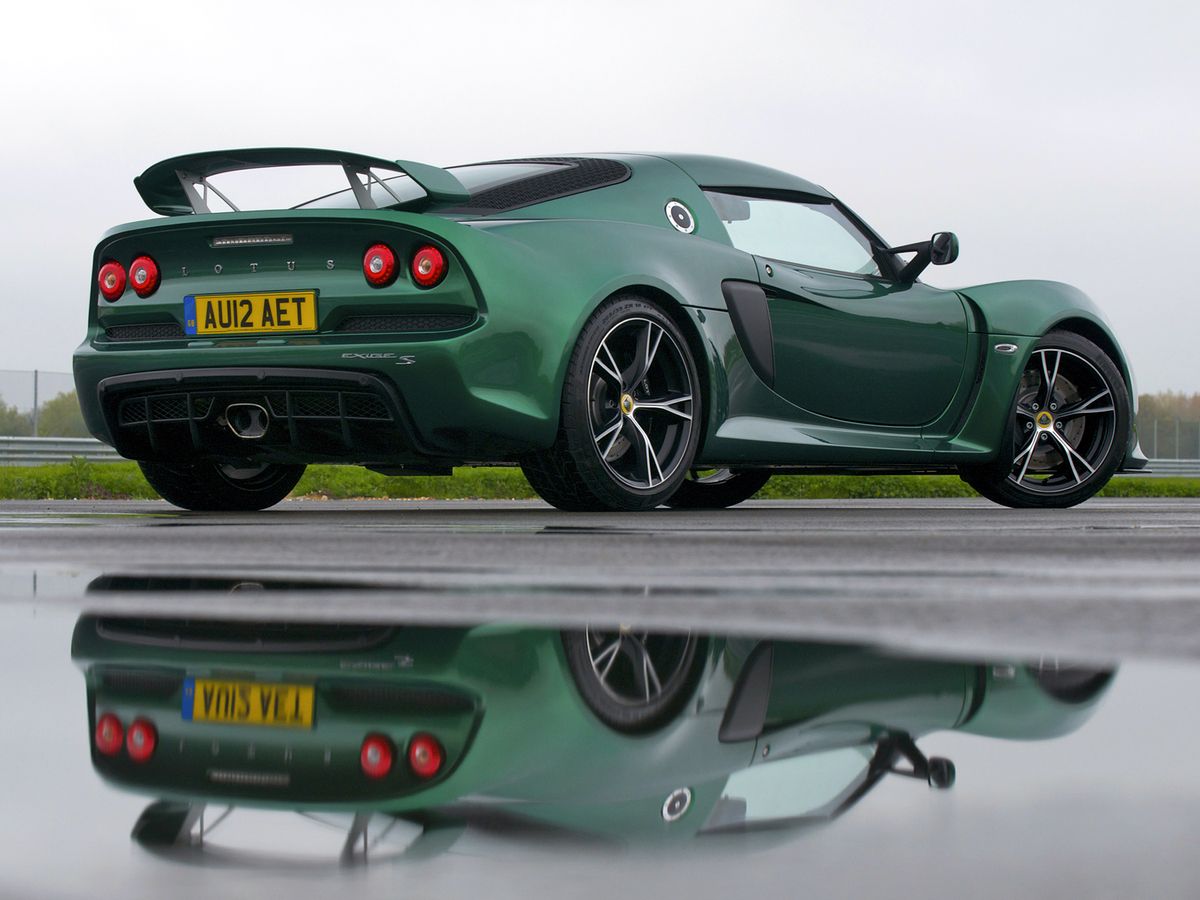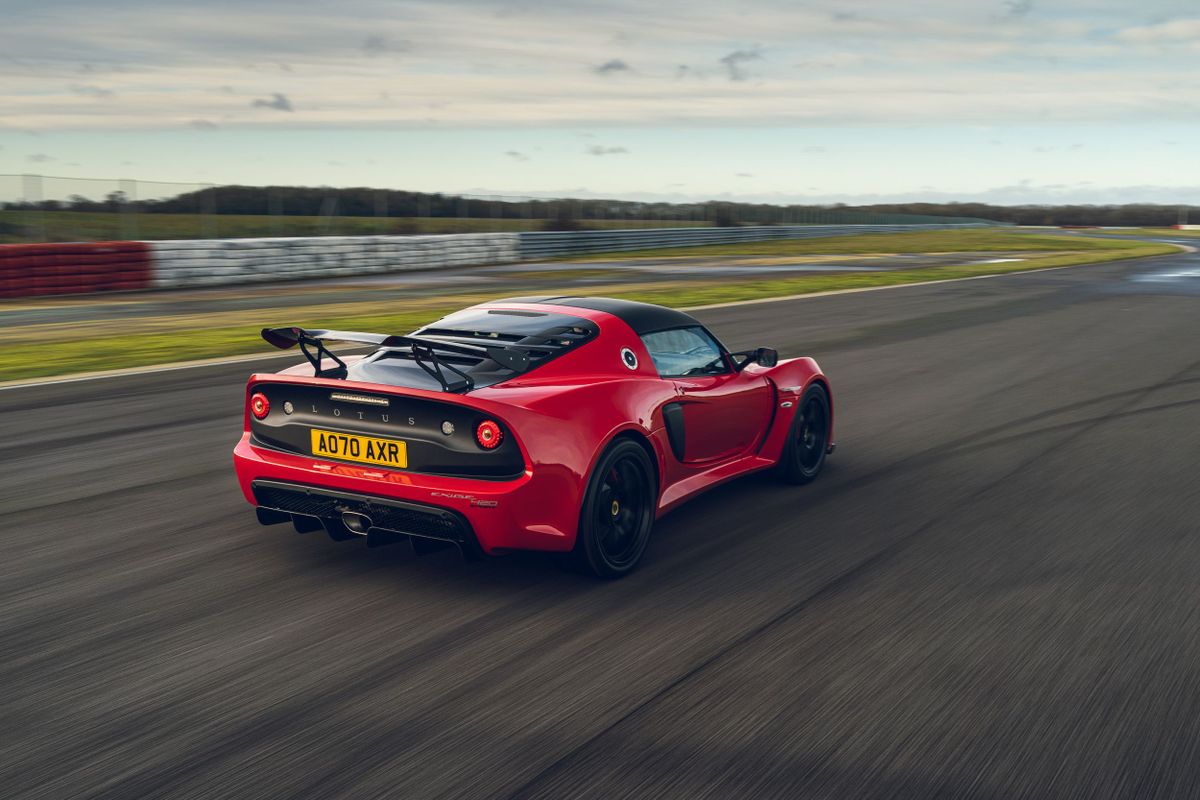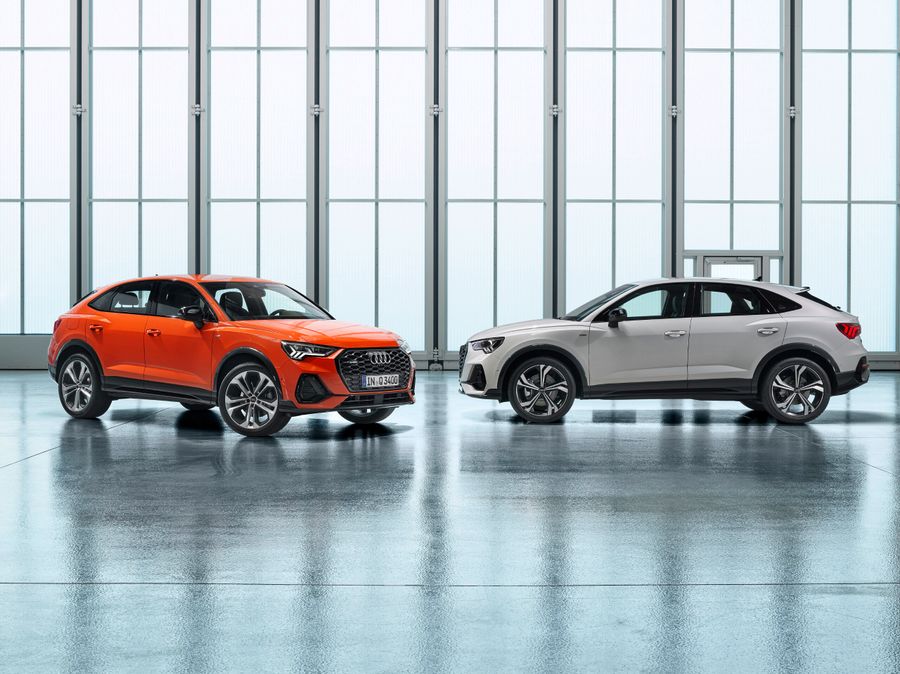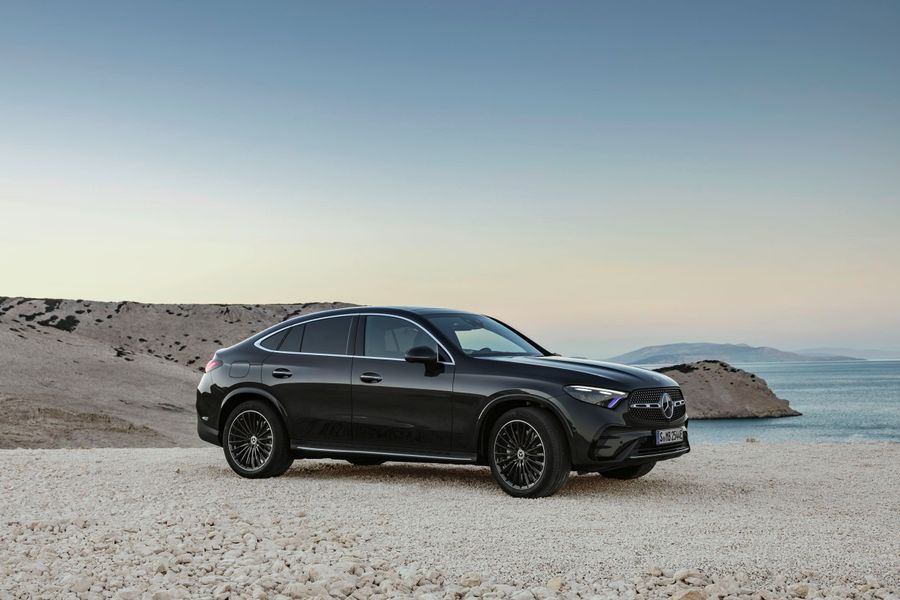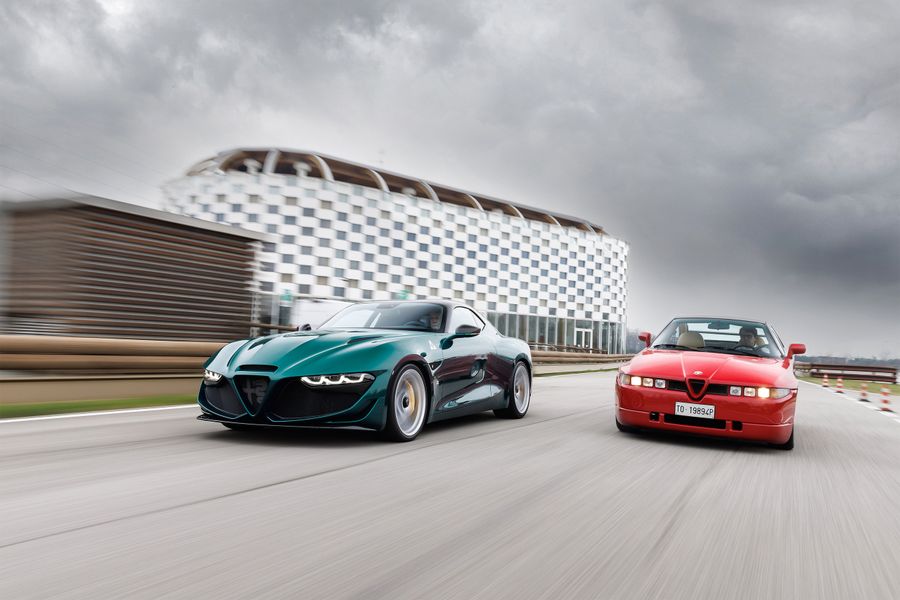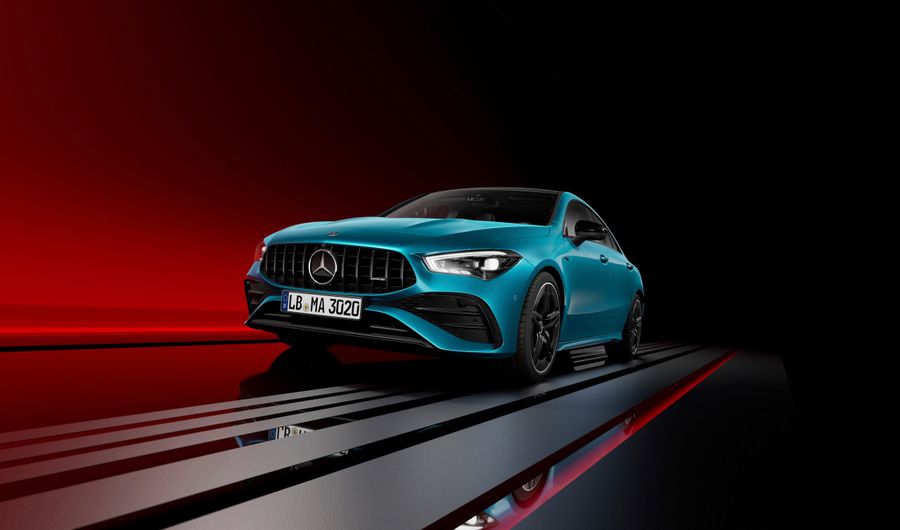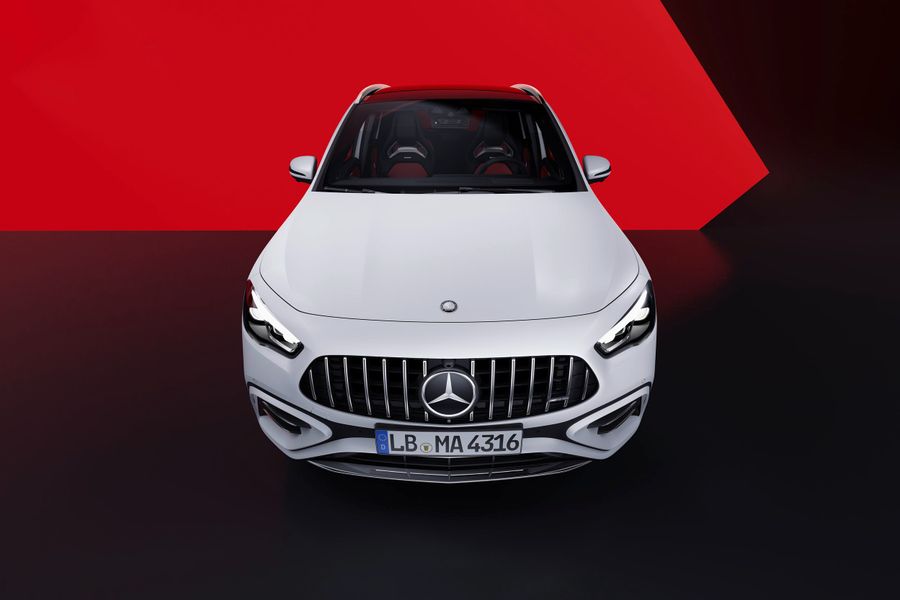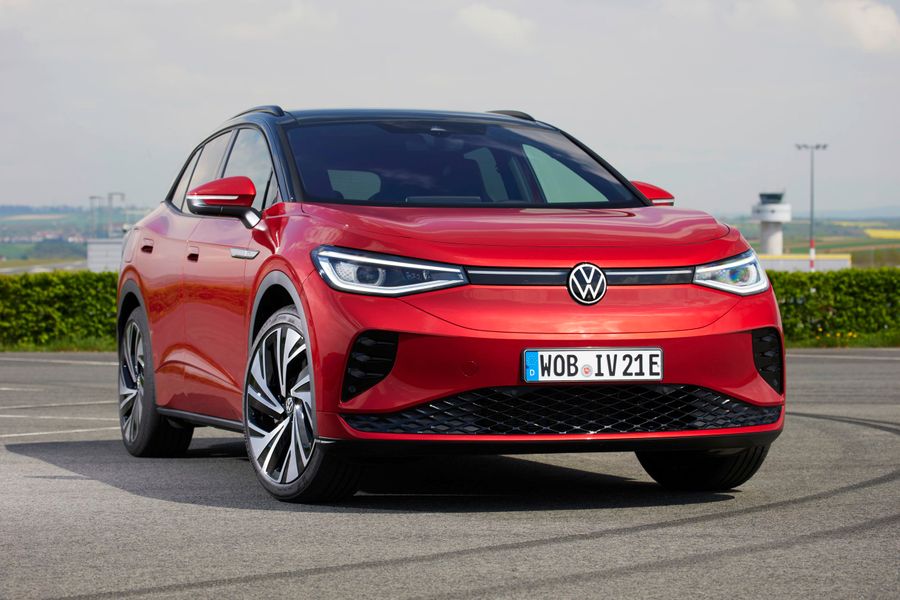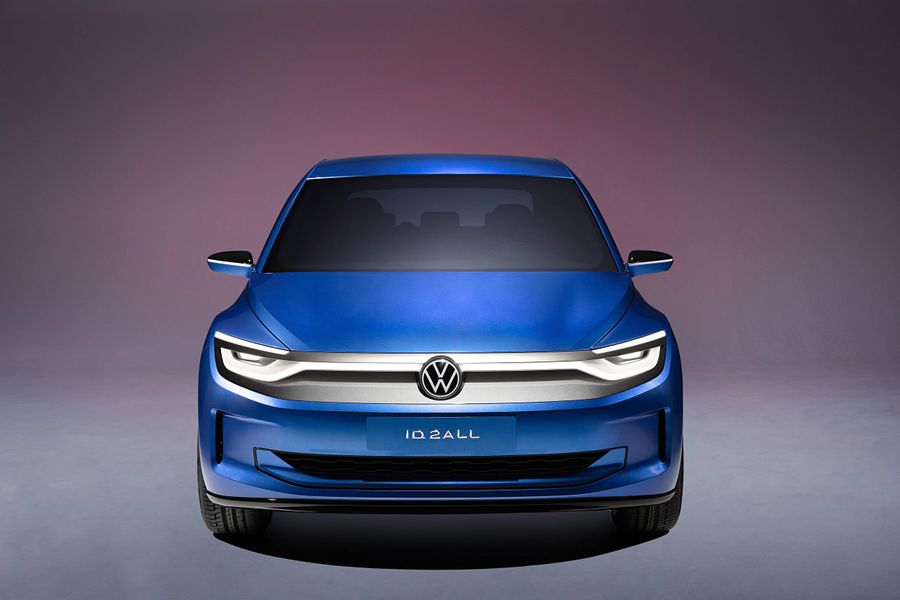
‘Evil’ Lotus
The Lotus Exige is a two-door two-seater sports car manufactured by Lotus Cars (UK) since 2000. In essence, the car is a version of the Lotus Elise, but in a coupe body and with a more powerful engine. The car features such family traits as the mid-engine layout and rear-wheel drive. Currently, the third generation is available on the market.
Unfortunately, Lotus Cars, now owned by Geely (China), has decided to discontinue the production of its sports cars. In 2021, all models with internal combustion engines will be phased out, and the manufacturer will switch to electric cars.
The first generation
It was produced from 2001 to 2004. A total of 604 units were made. The hardtop coupe was equipped with a 1.8-liter engine, shared with the Elise, but boosted to 179 hp. Plus, there was a 195-hp ‘track spec’ modification. The engines were complemented by a 5-speed manual transmission and could develop the maximum speed of 219 km/h. Acceleration from 0-100 km/h occurred in 4.9 seconds. This car was designed specifically for the track. It was quite difficult to get in and out of the car, as well as to drive it on a daily basis.
The first generation Exige used round, less aggressive headlights, shared with the first generation Elise. The body dimensions were the same for both models. The body structure was also the same, featuring a lightweight monocoque frame made of aluminum alloy, the elements of which were glued together with epoxy resin. This decision was borrowed from the aviation industry. Such a chassis had a high torsional rigidity and a weight of two times lower than that of the steel equivalent. The chassis had a steel subframe attached to its rear part that was designed to support the engine and gearbox. Body panels made of polypropylene-based composite materials of low weight and high strength. According to the founder of the brand, British engineer Colin Chapman, lightness, handling and fuel-efficiency are the motto of all cars of the legendary Lotus.
The second generation
It was produced from 2004 to 2011. Compared to the Series 2 Elise, the coupe had a fiberglass front splitter, a hard top with a roofscroop in the roof, a rear engine cover and a rear spoiler. The sole purpose of these aerodynamic additional elements is to create more downforce, with the coupe being almost 45 kg at 161 km/h (100 mph). For comparison: the Elise had a downforce of 5.9 kg at the same speed. The weight of the second Exige was 914 kg.
The sports car was equipped with a 16-valve 2ZZ-GE engine developed by Toyota/Yamaha and a 6-speed manual transmission from by Aisin. A 1.8-liter engine produced 193 hp and consumed 12 l/100 km in the city and 9.7 l/100 km on the highway, which was very unusual for the sports cars glutton for fuel. In 2005, a 243 hp turbocharged engine appeared. These cars were only available in yellow or black Lotus Sport and were labeled 240R. A total of 50 units were produced. They accelerated to 97 km/h (60 mph) in 3.9 seconds, developing a top speed of 249 km/h (155 mph).
The car features such family traits as the mid-engine layout and rear-wheel drive. Currently, the third generation is available on the market.
Since 2006, Lotus has produced the Exige S equipped with a 220 hp supercharged engine. In 2008, the Exige S was replaced by the S240 modification. Its power output increased to 240 hp, whereas acceleration to 60 mph was reduced to 4 seconds. There were quite a few other interesting limited edition versions.
The third generation
It has been produced since 2011. The manufacturer plans to discontinue the production of the legendary series in 2021. The new Exige S is powered by a 3.5-liter supercharged V6 engine, familiar to the Evora S owners. The engine produces 345 hp, equipped with a mechanical supercharger and is paired with a 6-speed gearbox (automatic transmission is available as an option). The car weighs 1,176 kg. Acceleration to 60 mph (97 km/h) occurs in 3.8 seconds (3.9 seconds with automatic transmission).
The new Exige is larger than the previous model precisely because of the engine. To accommodate the larger V6, the new model has become 25cm longer and 5cm wider. As a result, the third generation Lotus Exige is 4,052 mm long, 1,802 mm wide and 1,153 mm high. In 2013, the manufacturer presented a roadster with an open body.
Versions:
- The Lotus Exige Sport 350 comes with a 3.5-liter supercharged V6 engine producing 350 hp at 7,000 rpm and 400 Nm at 4,500 rpm. The manual transmission has been redesigned for more precise and quicker gear shifting. The gearshift mechanism uses lightweight machined and cast aluminum components that are very aesthetically pleasing, which is why they are no longer hidden in the transmission tunnel, but on display.
- The Lotus Exige Cup 430 is the most powerful version. The car body can generate 220 kg (485 lb) of downforce. The weight of the car (1056 kg) has been reduced thanks to the use of carbon fiber in the body panels and the interior, and a titanium exhaust system. Acceleration from 0-60 mph (97 km/h) occurs 3.2 seconds, whereas the top speed is 290 km/h.
- The Lotus Exige Sport 410 occupies a niche between the track-oriented Cup 430 and the road-oriented Sport 350. It is suitable for both road and track driving. The 3.5-liter V6 engine, the same as the 430 Cup, delivers 410 hp and 420 Nm of torque. The car features enlarged air intakes that reduce air drag. Other aerodynamic additional elements, including a front splitter, rear wing and aluminum diffuser, together create 150kg of downforce. It has the smallest weight of 1,054 kg.
2021 final series
The traditional way to say goodbye to iconic models is the release of the final series. The Exige’s final series consists of three modifications, all of which are equipped with 3.5 supercharged V6 engines. They are distinguished by “classic” body colors, an increased list of options, new trim and steering wheel options, virtual instruments, as well as special plates indicating that they belong to the final batch.
Final models:
- The Lotus Exige Sport 390 Final Edition comes with an engine that develops 402 hp and 420 Nm, accelerating the car weighing 1,138 kg up to 60 mph (97 km/h) in 3.7 seconds, with the maximum speed being 277 km/h. The exterior features 16-inch silver forged wheels at the front and 17-inch at the rear, as well as Michelin PS4 tires.
- The Sport 420 Final Edition is even more powerful. Its engine develops 426 hp and 427 Nm, accelerating the car to 97 km/h in just 3.3 seconds. The car weighs 1,110 kg and has a modified suspension. The engineers have strengthened the increased power with AP Racing brakes with 4-piston calipers. There are lightweight forged wheels in dark gray with Michelin Pilot Sport Cup 2 tires (215/45 ZR17 front and 285/30 ZR18 rear).
- The Cup 430 Final Edition has a wild temperament. It has the final version features, retaining power (435 hp, 440 Nm) and characteristics, creating high downforce at high speeds.

